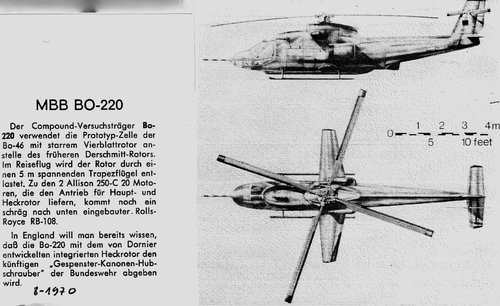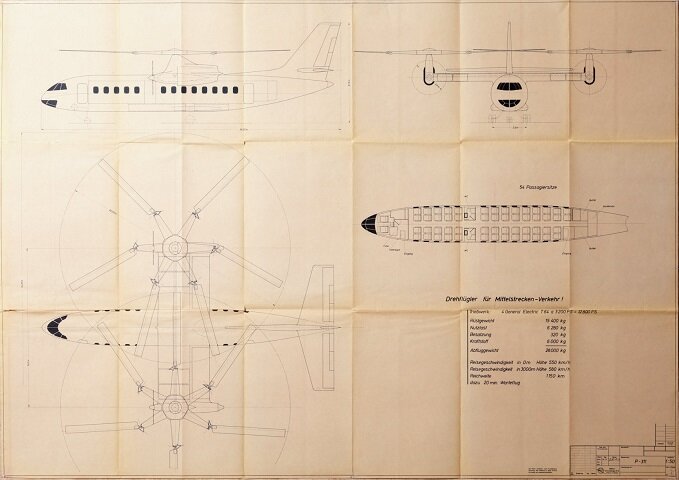- Joined
- 26 May 2006
- Messages
- 34,764
- Reaction score
- 15,633
And what was that project for Bolkow ? from;
http://www.flightglobal.com/FlightPDFArchive/1964/1964 - 2966.pdf
http://www.flightglobal.com/FlightPDFArchive/1964/1964 - 2966.pdf
Attachments
Last edited:


















![bo[1].jpg](/data/attachments/172/172742-7a68f06f56b6b595919dad9c5cefa9ae.jpg)


